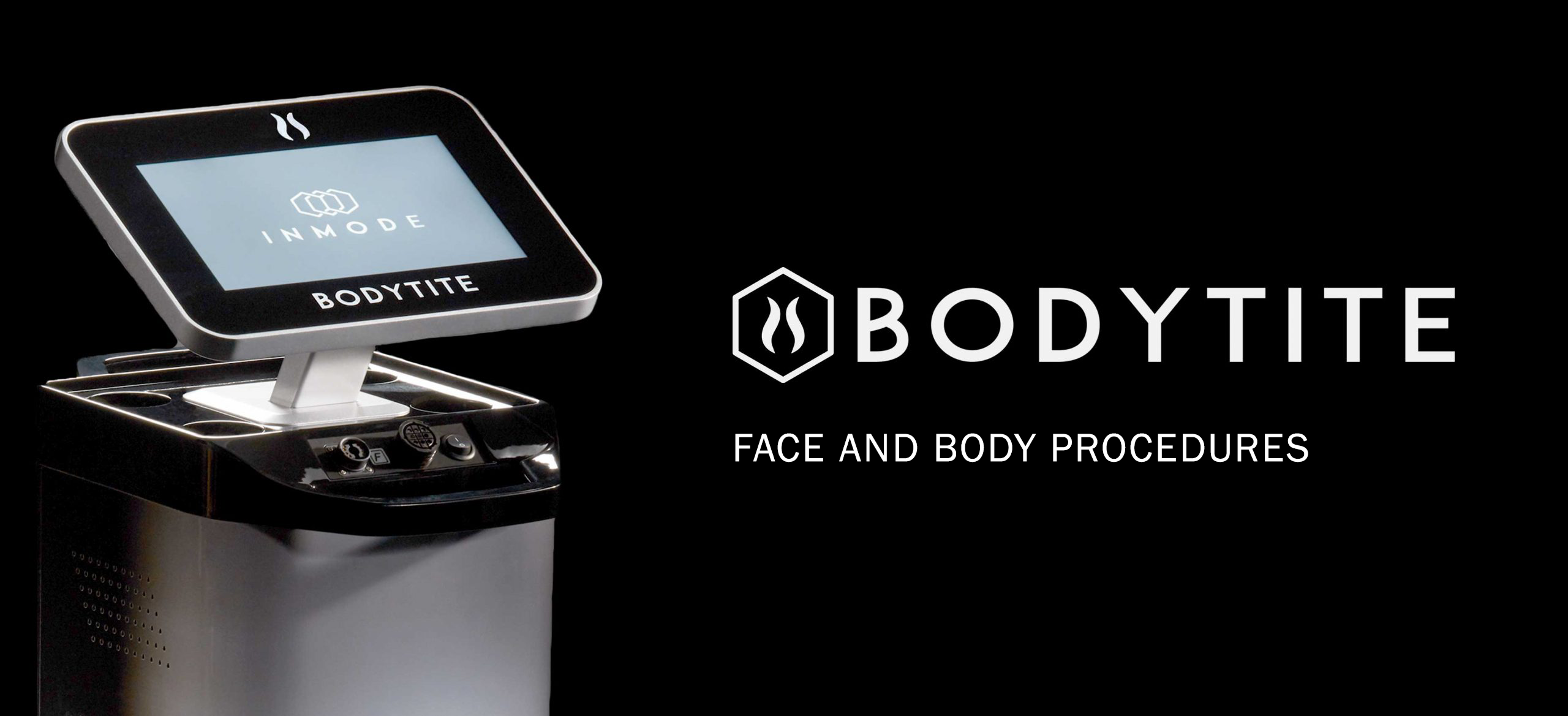
We are pleased to present the results of an important study on the “Safety and Efficacy of Radiofrequency-Assisted Lipolysis on Breast Envelope and Nipple-Areola Complex Position”, which is what we call “Breastite”. This important study was performed by Jacob G. Unger, M.D., Nneamaka Agochukwu-Nwubah, M.D., Spero Theodorou, M.D., G. Patrick Maxwell, M.D. from Nashville and NY.
BACKGROUND
Breast ptosis (sagging breasts) as a result of pregnancy and/or breastfeeding, age, genetics, and weight loss is a common complaint among women visiting a plastic surgeon. This study sought to evaluate the utility, efficacy, and safety of radiofrequency-assisted lipolysis on the breast and nipple-areola complex position in women with breast ptosis.
STUDY DESCRIPTION
Ten female patients were enrolled, with ages ranging from 23 to 54 years. Follow-up was 12 months. Each patient underwent one treatment with radiofrequency-assisted lipolysis (BodyTite) on each breast. Patients were evaluated preoperatively and postoperatively at 6 weeks, 3 months, 6 months, and 12 months by means of manual and three-dimensional computer-generated measurements.
STUDY CONCLUSIONS
- Radiofrequency-assisted lipolysis with a bipolar device to deliver radiofrequency energy to the breast is an effective modality to moderately improve breast ptosis.
- This study demonstrates that this treatment improves breast measurements across time, regardless of measurement type (manual versus Vectra).
- This modality affords a minimally invasive, effective method to improve mild to moderate breast ptosis with minimal scarring and high patient satisfaction.
Click Here to find out more.
